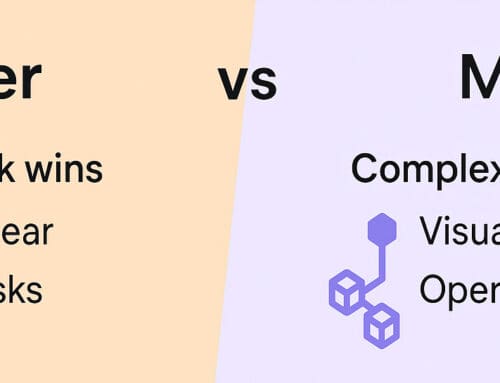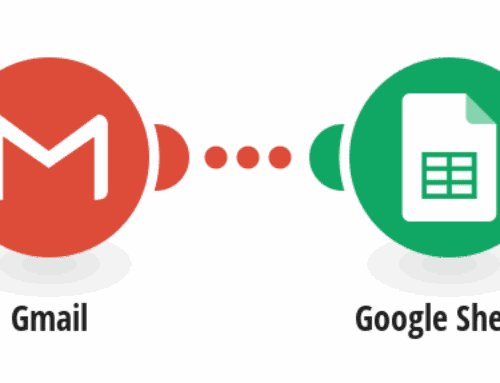Make.com Is Moving to Credits: The 2025 Pricing Shift
TL;DR
On August 27, 2025, Make.com will switch from counting operations to using credits as its billing unit. Most actions still cost 1 credit, but advanced features—mostly AI modules—may use more, either at a fixed rate or based on actual usage (e.g., tokens, file size, or pages). Your plan, price, and limits won’t change, and your operations balance converts to credits at a 1:1 rate automatically. “Operations” will still appear in scenario logs for data tracking—not billing.
What’s Changing—and What’s Not
Most Actions = 1 Credit
For common modules and standard API calls, expect a straightforward 1 action = 1 credit model—keeping day-to-day automations predictable.
Advanced / AI Features May Cost More
Some features—especially AI-powered modules—consume more credits or vary by usage (e.g., tokens, pages, file size, runtime). Check module docs when estimating costs.
Credits vs. Operations (Why You’ll See Both)
- Purpose
- Credits: Billing unit for spend.
Operations: Activity/data indicator in run history. - Where You See It
- Credits: Usage dashboards, subscription panels.
Operations: Run bubbles/history, module logs. - How It’s Counted
- Credits: Per action; some features consume more.
Operations: Steps executed—useful for optimization. - Conversion
- Credits: Replace operations for billing.
Operations: Still visible for analysis; not a billing meter.










